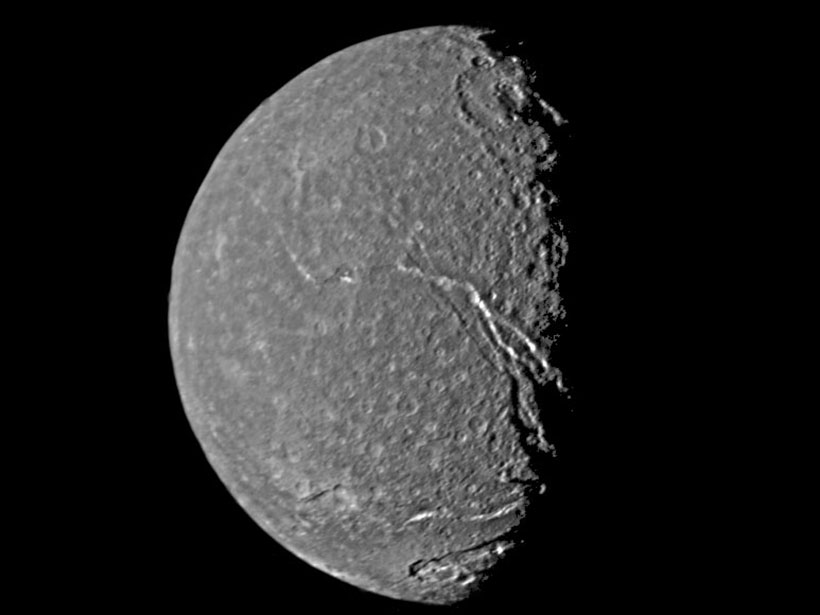Scientists tested whether a classic technique could detect subsurface oceans on the moons of Uranus. In this scenario, the planet’s oddball magnetic field offers a big advantage.
Uranus
Posted inNews
The Ice Giant Spacecraft of Our Dreams
Scientists imagined some innovative technologies that could enhance a future mission to Uranus or Neptune.
Posted inNews
Uranus and Neptune Should Be Top Priority, Says Report
Voyager 2 visited the ice giants in the 1980s, the only craft ever to do so. Planetary scientists argue that new missions to each planet would also benefit heliophysics and exoplanet research.
Posted inResearch Spotlights
Venus's Unexpected, Electrifying Water Loss
New research shows that an electric field surrounding Venus is stripping its atmosphere of water—and the same phenomenon may plague exoplanets scientists hope might be habitable.
Posted inNews
What Caused the Sudden Heating of Uranus's Atmosphere?
A recently observed temperature reversal on Uranus may offer a clue to a long-standing mystery: Why are the upper atmospheres of gas giants so hot?





